A16 Bionic vs. Exynos 2400: A Detailed Comparison
Here’s a detailed comparison of the A16 Bionic (Apple) and Exynos 2400 (Samsung), including specifications, performance, and key features:
Specifications Comparison Table
| Feature | A16 Bionic (Apple) | Exynos 2400 (Samsung) |
|---|---|---|
| Manufacturing Process | 4nm (TSMC) | 4nm (Samsung) |
| CPU Architecture | 6-core (2 high-performance, 4 efficiency) | 10-core (1 high-performance, 9 efficiency) |
| CPU Clock Speed | Up to 3.46 GHz | Up to 3.1 GHz |
| GPU | 5-core Apple GPU | 14-core AMD RDNA2 GPU |
| AI/ML Accelerator | 16-core Neural Engine | NPU (Neural Processing Unit) |
| RAM Support | 6GB, 8GB LPDDR5 | 12GB LPDDR5X |
| 5G Modem | Integrated 5G (modem by Qualcomm) | Integrated 5G (Exynos modem) |
| Video Codec | ProRes, H.264, H.265, HEVC | AV1, VP9, H.264, H.265 |
| Camera Support | 4K Dolby Vision, HDR, Smart HDR | 8K Video Capture, HDR10+ |
| AI Features | Advanced image processing, on-device AI | AI-enhanced video and image processing |
| Battery Efficiency | Excellent power efficiency | Moderate power efficiency |
Performance Overview
- A16 Bionic: The new Apple’s A16 Bionic chip provides outstanding balance performance with efficiency. The real power of this chip becomes truly awesome while gaming or video editing. Its 16core Neural Engine provides leading AI and Machine Learning performance for mind-blowing AR experiences. The 5-core GPU ensures smooth graphics processing in media-intensive applications, making it perfect for the user of the new iPhone.
- Exynos 2400: The Samsung Exynos 2400 has 10-core CPU, comprising one high-power core for extreme levels of throughput used for peak tasks and several efficiency cores. It comes with a 14-core AMD RDNA2 GPU-a large jump from its predecessor Exynoses for graphics and promises to match its competitor’s performance in gaming and graphics processing. It also supports an NPU to improve AI applications.
Key Features of the A16 Bionic
- Energy Efficiency: Built on a 4nm process, the A16 Bionic’s CPU and GPU are optimized for both battery life and high performance, making it an ideal choice for flagship iPhones.
- AI Integration: The chip excels in machine learning tasks, particularly in real-time image processing and video enhancement.
Key Features of the Exynos 2400
- Multi-Core Performance: With a 10-core configuration, it excels in multi-core performance tasks, such as multitasking and content creation.
- Graphics: Equipped with the AMD RDNA2 GPU, it offers substantial improvements in gaming performance over previous Exynos chips.
2. Your Questions and Our Opinion: A16 Bionic vs. Exynos 2400 (SEO-based and Simple)
Here are 10 SEO-friendly questions about the A16 Bionic vs. Exynos 2400, written in simple terms:
- Which chipset has better single-core performance?
- A16 Bionic performs better in single-core tasks due to its higher clock speed, making apps run faster.
- Which chipset is better for multitasking?
- The Exynos 2400, with its 10-core CPU, is better for multitasking and handling multiple apps at once.
- Which chipset is better for gaming?
- Exynos 2400 offers better gaming performance with its 14-core AMD RDNA2 GPU, delivering smoother graphics.
- Which chipset is more power-efficient?
- A16 Bionic is more power-efficient, helping iPhones last longer on a single charge, thanks to its advanced 4nm process.
- Which chipset has better AI performance?
- A16 Bionic has a 16-core Neural Engine optimized for AI tasks, making it excellent for features like real-time image enhancement.
- Which chipset supports 5G better?
- Both chips support 5G, but the A16 Bionic has an integrated Qualcomm 5G modem, offering stable and fast connectivity.
- Which chipset has better camera support?
- The A16 Bionic offers advanced camera features like ProRes video and HDR, giving it an edge in photo and video quality.
- Which chipset supports more RAM?
- The Exynos 2400 supports up to 12GB of RAM, whereas the A16 Bionic supports 6GB to 8GB, which might limit multitasking on iPhones.
- Which chipset is more future-proof?
- The A16 Bionic is better integrated with Apple’s ecosystem, ensuring long-term software support and updates.
- Which chipset is better for 4K and 8K video recording?
- The Exynos 2400 supports 8K video recording, which gives it an edge for users seeking higher video resolution, though the A16 Bionic excels in 4K ProRes recording.

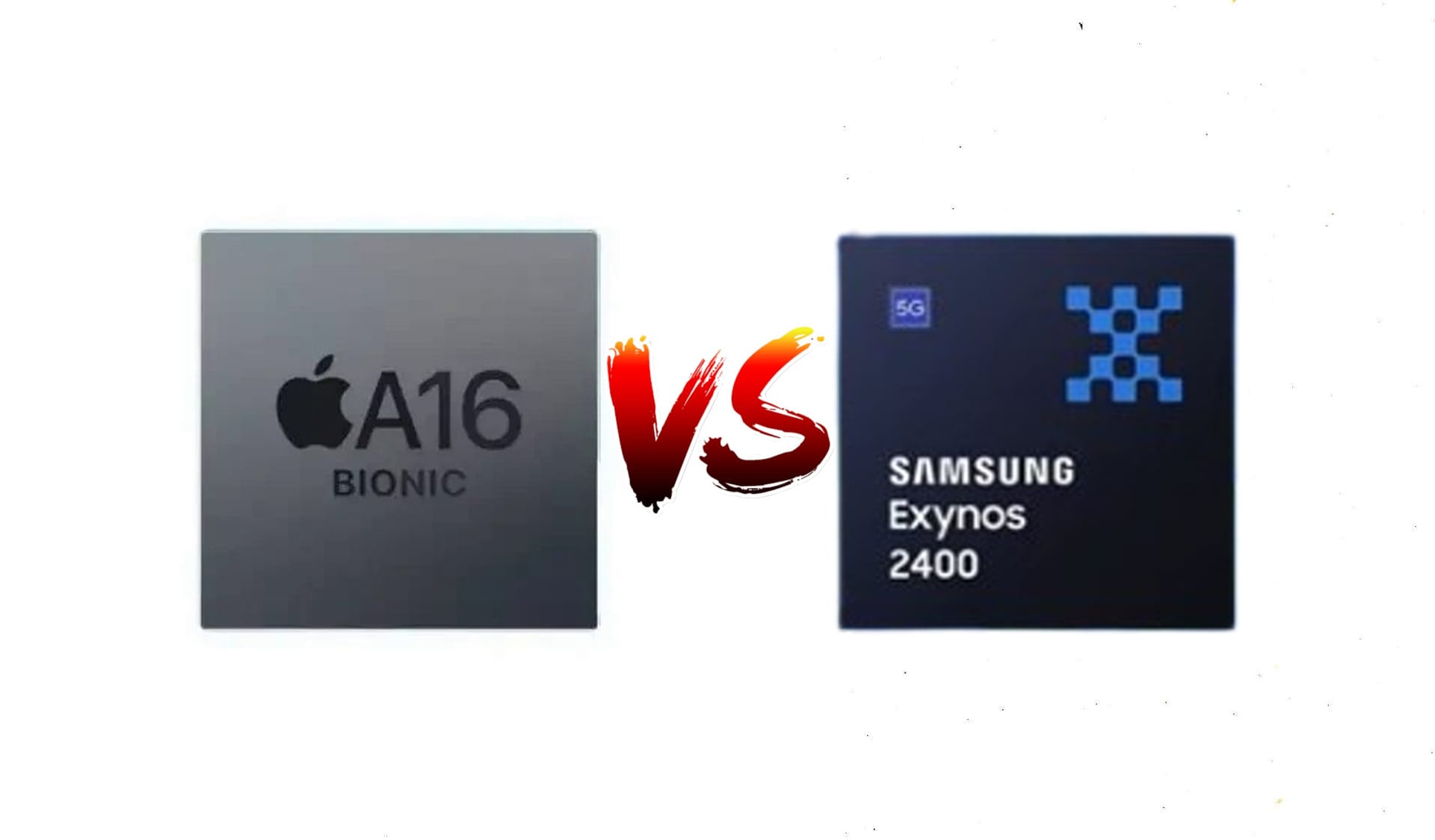






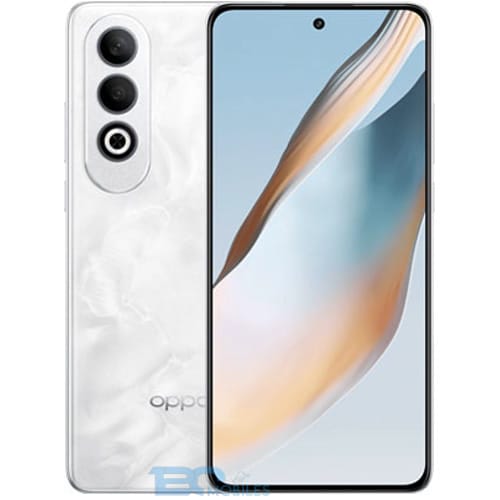


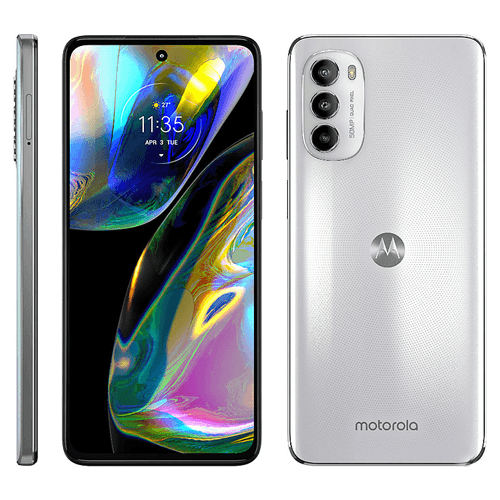

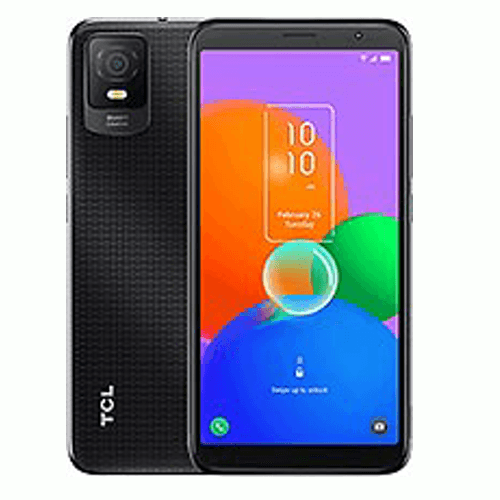

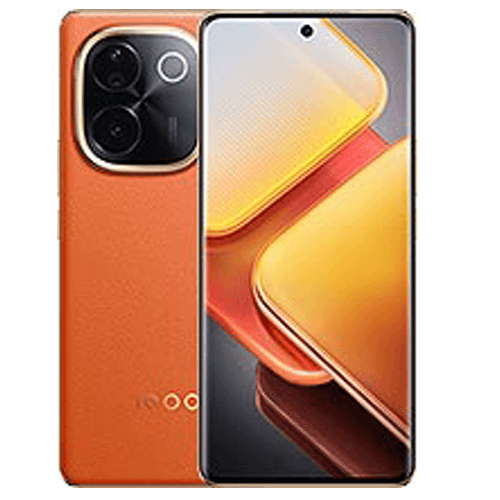
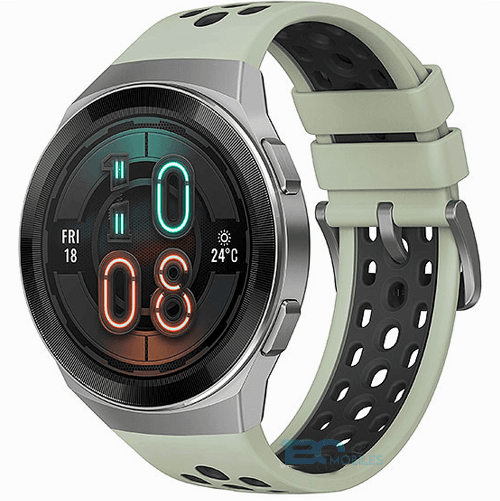

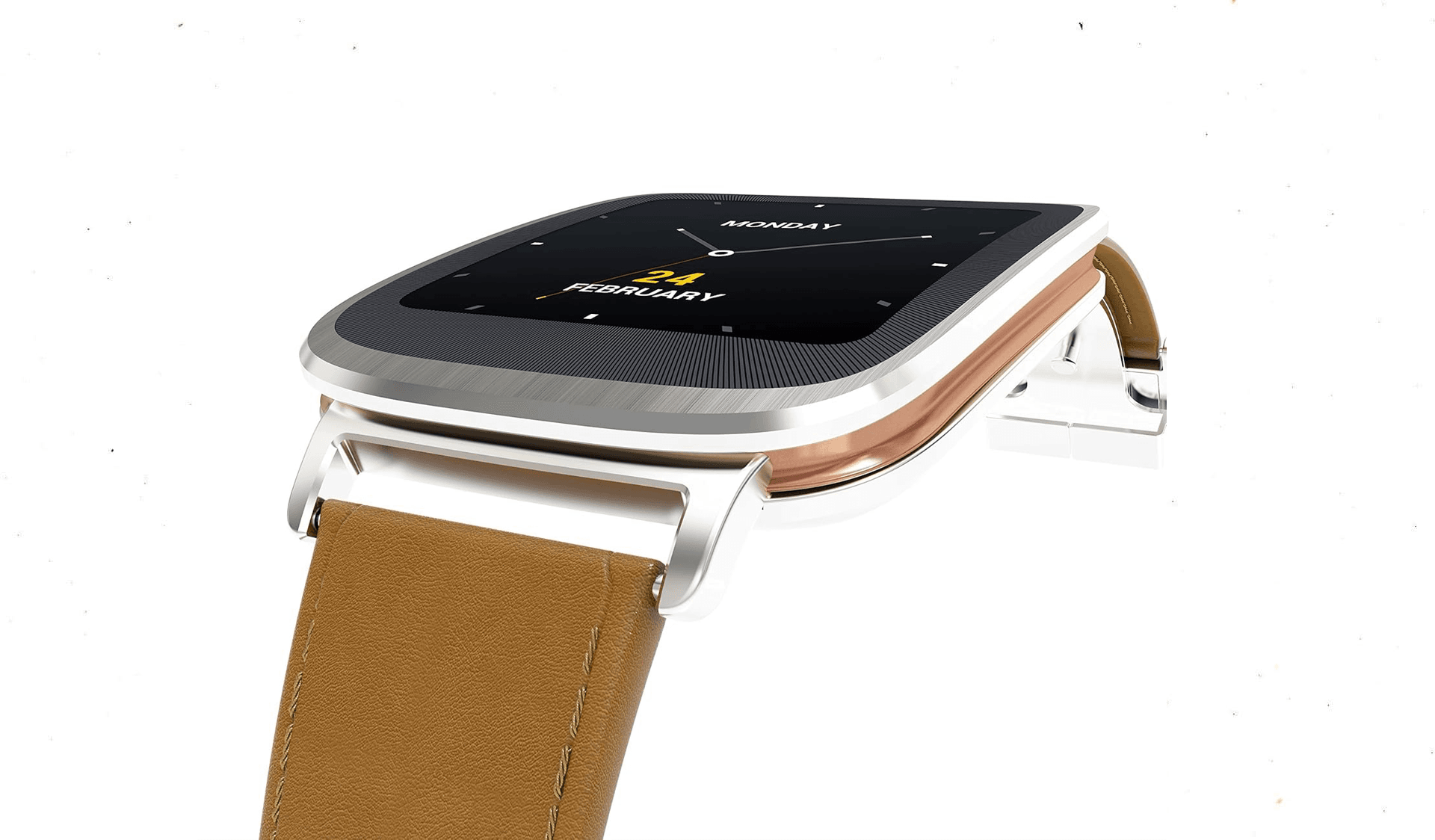
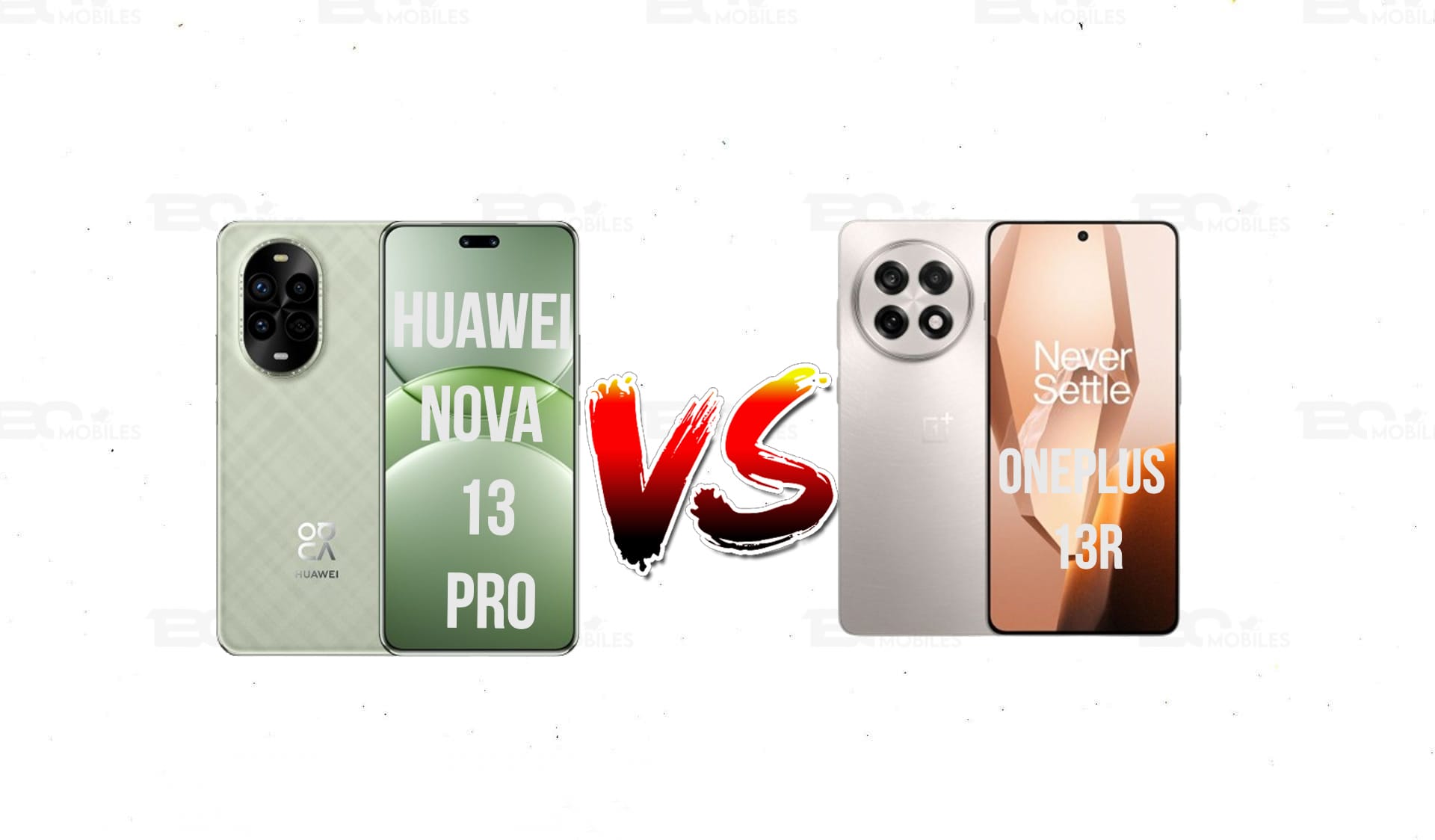


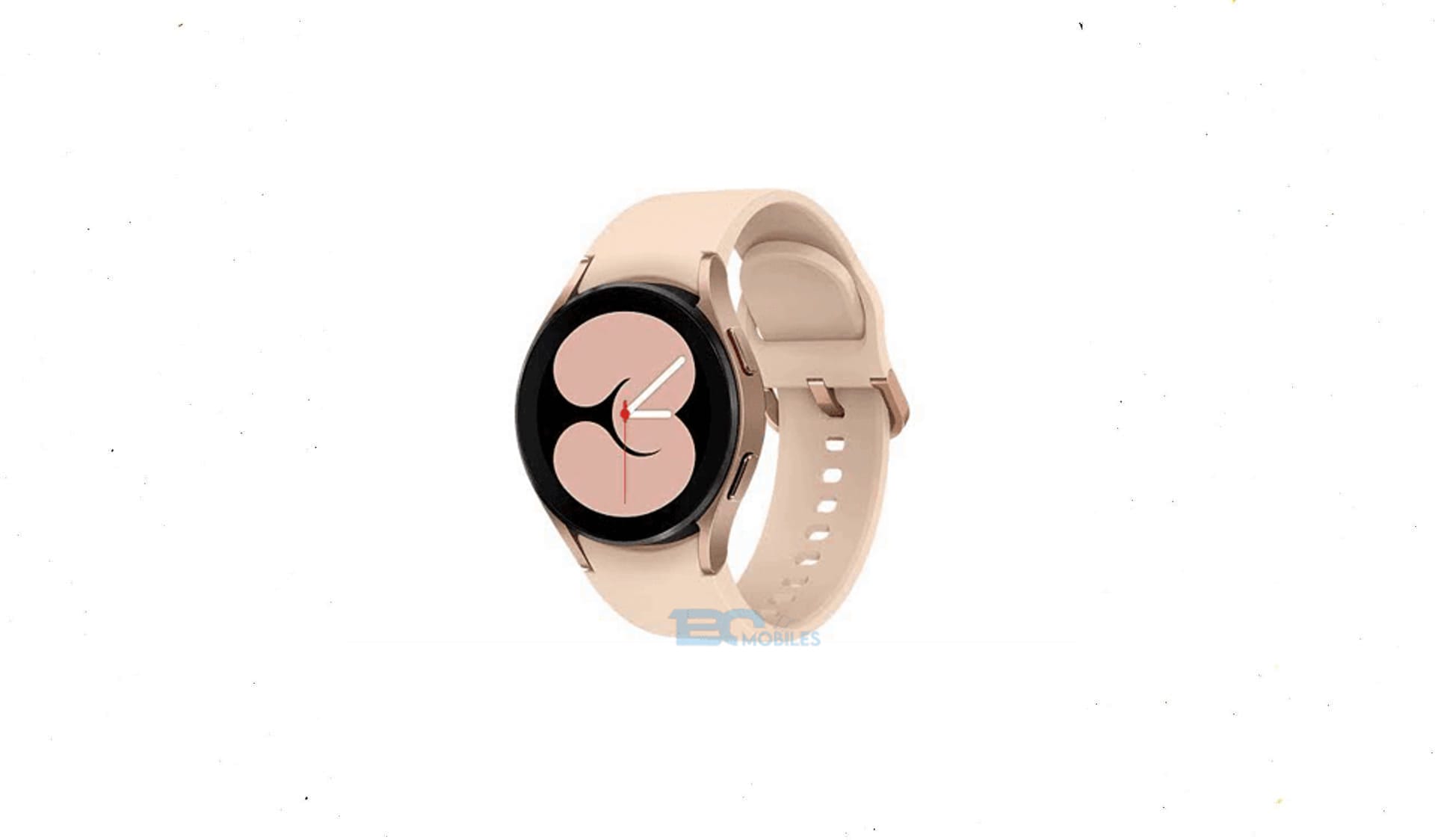




Thanks for sharing. I read many of your blog posts, cool, your blog is very good.
Thanks for sharing. I read many of your blog posts, cool, your blog is very good.